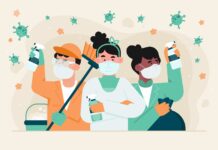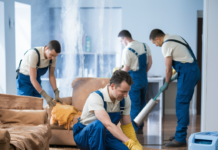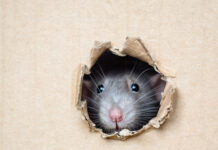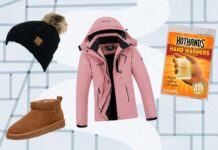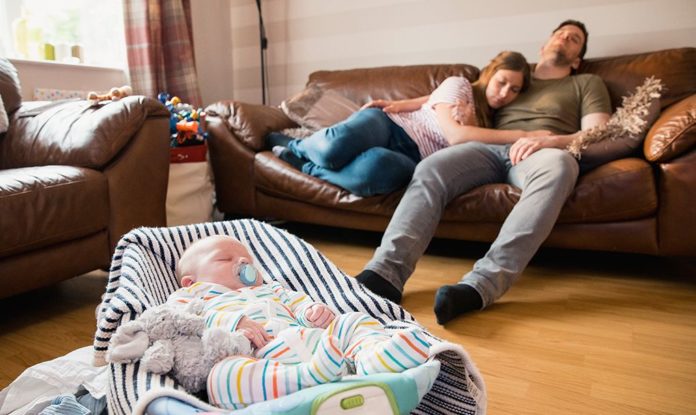
While you want to think of your home as a safe-haven, sometimes it can contain some of the biggest risks your family and yourself might face. We often teach our children to avoid risks in the outside world, but we might not put as much attention on being safe within our own homes.
You may assume your home is safe but is that assumption rooted in reality?
There are a variety of situations where things in your home can be considered dangerous.
For example, sometimes it can be the result of a problem in manufacturing. The Levin Firm notes defective products in your home can cause serious injury to members of your family. When there is a defect with a product, manufacturers can face serious trouble.
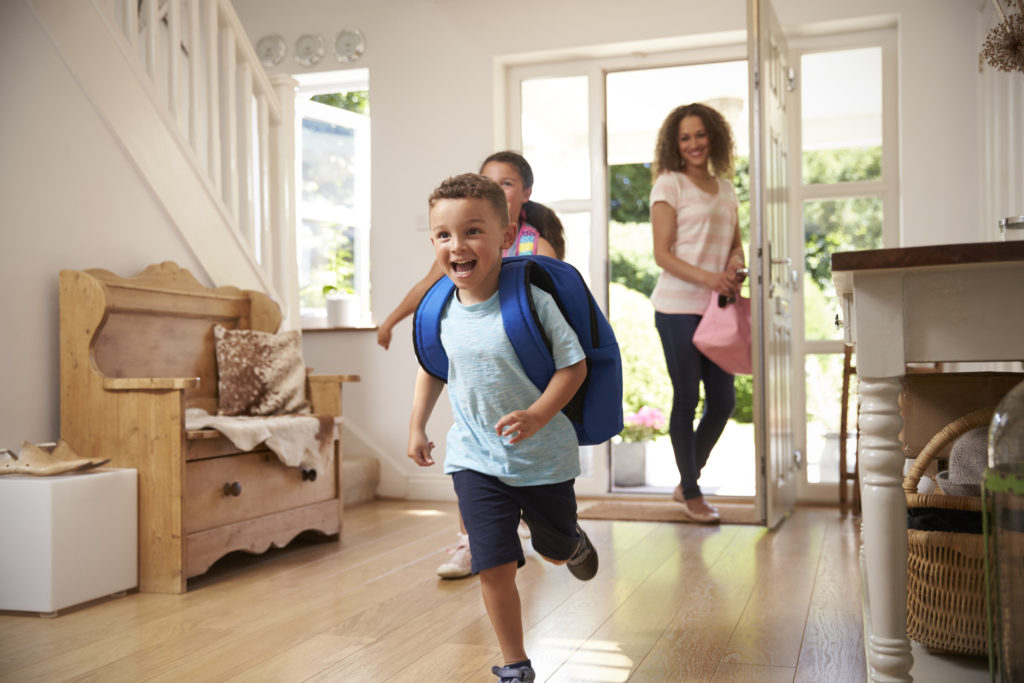
Sometimes manufacturers will issue a recall, and that most often happens with items for babies and children.
When a manufacturer issues a recall, they are admitting the product is unsafe or defective, and they are asking consumers to return the product to the company so it can be repaired or replaced with something safe.
You might not always realize that products in your home have been recalled, however.
Just to give you an idea of how many products are currently under recall:
- Target recalled more than 22,000 fuzzy slap bracelets for children
- Some Duncan Hines cake mix is being recalled because of the potential that it has salmonella
The CDC has said it’s unsafe to eat Honey Smacks because 130 people have reportedly become sick from the cereal

- More than 100,000 Vitamix blending containers have been recalled
- IKEA recently recalled nearly 17,000 pet water dispensers after they caused two dogs to suffocate and die
Products can be defective in their design, their assembly, or in terms of something called “failure to warn,” in which the manufacturer didn’t place an adequate consumer warning on their product.
Beyond defective products, some things in your home might be unsafe because you’re using them incorrectly.
There are also things that are incredibly unsafe within your home that are part of its design, and not something you’ve purchased and brought in.
So what are some of the most dangerous things that are hiding within your own home?
Extension Cords
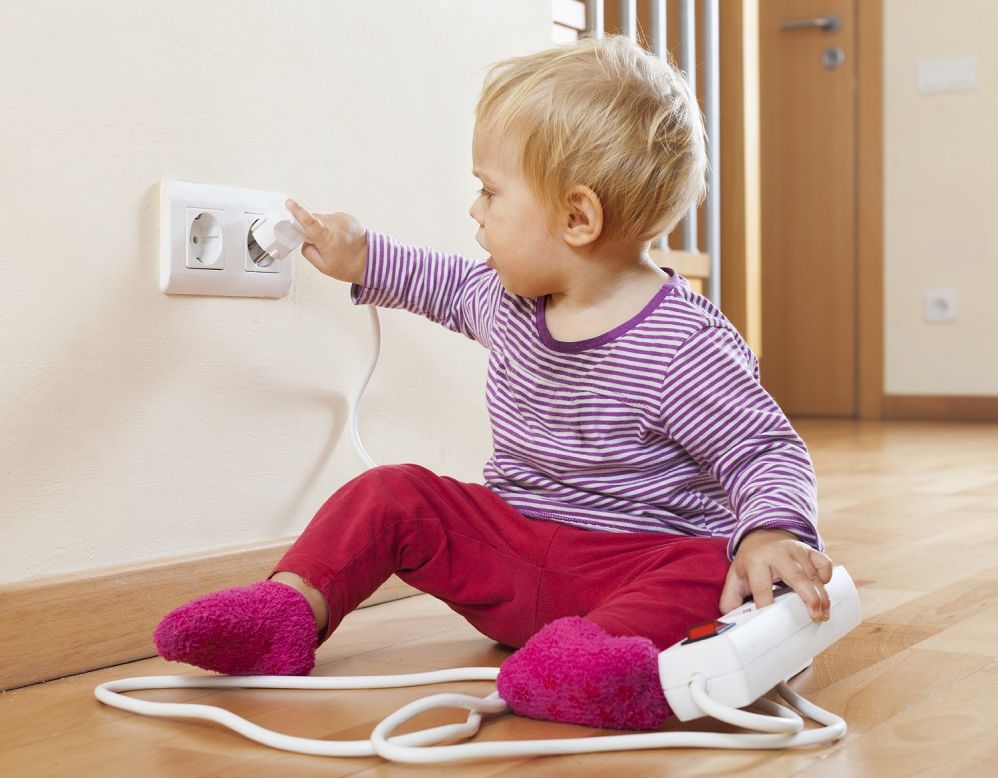
We use extension cords to power our ever-growing collection of electronics, and they can be convenient, but dangerous as well.
First, if you add too many things on an extension cord or a power strip, it can lead to insulation to deteriorate, which causes a fire hazard as well as a shock risk. An estimated 3,300 residential fires are the result of extension cords each year, and these situations injure or kill more than 300 people.
Always put your extension cords away when you’re done with them because they can also be a choking or hanging hazard if you have young children.
In addition to extension cords, electrical sockets and wires are dangerous parts of our homes. Children can especially be prone to accidents and injuries related to wires and sockets.
Laundry Pods
We’ve heard a lot of controversial things about laundry pods in recent years, and whether the idea of teens using them as a drug is a true or primarily urban myth, one thing is true—they can be dangerous.
Liquid laundry detergent pods can look like toys or candy to young children.
They are designed in such a way, so they dissolve in water. If they were to be in contact with a mouth or wet hands, it would start to release the liquid concentrate which is toxic and potentially deadly.
Children’s Toys
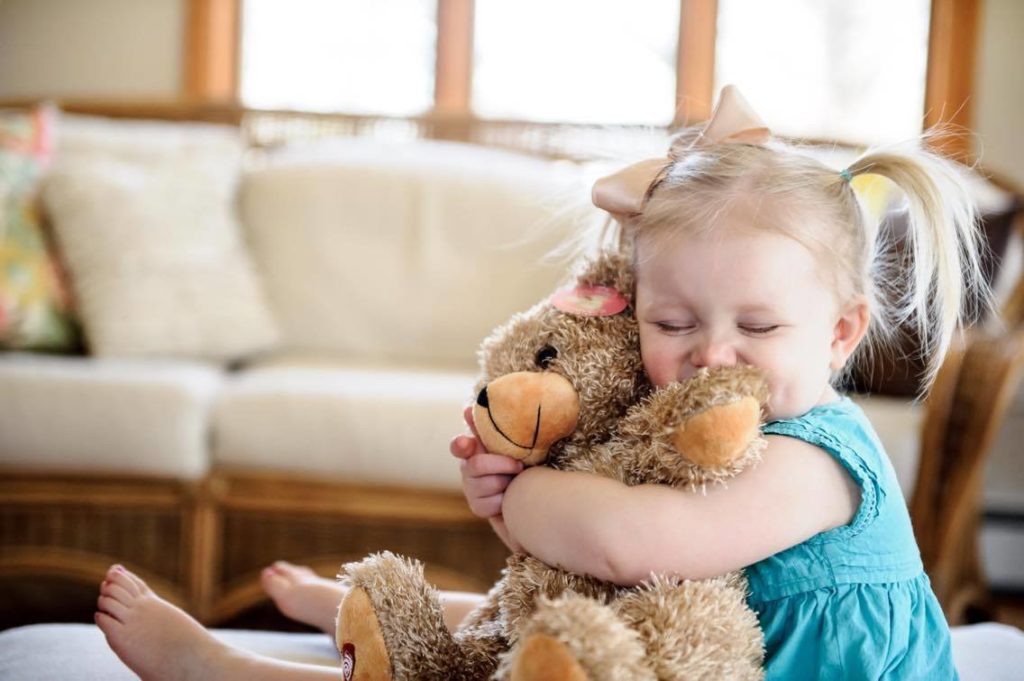
Some of the main safety risks in your home may come from your children’s toys, which is a terrifying thought for many parents.
For example, stuffed animals can cause suffocation if they’re left in your young child’s crib or bed. They can also have small pieces that are choking hazards, and stuffed animals can even be a breeding ground for bugs and different bacteria and germs.
Unsecured Furniture
There have been a series of devastating tragedies in recent years involving lightweight furniture not being secured to the wall that was then pulled over on children. Children frequently climb furniture, and lightweight items can be tipped onto them and can ultimately kill them.
Furniture company IKEA recently reached a $50 million settlement with families of three toddlers who were killed in tip-over incidents from their furniture.
The U.S. Consumer Product Safety Commission says a child is killed by unstable or unsecured furniture every two weeks, and almost 40,000 injuries are reported every year. The majority of these involve children who are younger than five, but these injuries and deaths are preventable.
Televisions shouldn’t be placed on top of a dresser or piece of furniture not meant to hold them. If a restraint system is included with furniture, it should be used, and if it’s not included then you should secure the furniture with safety straps or corner braces.
You need to secure drawers and shelves, as well.
Mothballs

Mothballs have been used for a long time as a way to repel moths and prevent them from chewing through clothes and other fabrics. However, according to the EPA, when mothballs odor changes from a solid to a gas if you inhale too much of it, it can be dangerous.
Some mothballs contain something called paradichlorobenzene, which is linked to cancer in animals. Other mothballs use something called naphthalene, and after prolonged exposure, they can kill red blood cells.
Charging Cell Phones in Bed
Finally, most of us are fairly attached to our mobile devices at this point and maybe to the point that it’s creating a serious hazard. Sometimes people will charge their cellphones under their pillow while they sleep, and in a few situations, it has led to fires because of how hot the phones get while they’re charging.
When mobile devices are being charged, they need to be ventilated properly because the batteries heat up leaving open the potential for melting or explosions and fires.

